News 4/19/12
Orthopedic urgent care franchise OrthoNow selects CareCloud’s practice management solution for its network of facilities.
Practice Fusion introduces a messaging feature that allows providers to communicate securely with one another. The service is available at no charge to both Practice Fusion EMR users and non-users. It does not support sending chart notes or referrals, but that enhancement is in the works.
Louisiana becomes the first state to make Year Two Medicaid Meaningful Use payments, issuing its first check to SuccessEHS client Winn Community Health Center.
Emdeon CEO George Lazenby will head an IT Recruitment Task Force sponsored by the Nashville Area Chamber of Commerce. The initiative aims to attract workers to fill the 1,000 available IT jobs in the region.
Phoenix Cardiac Surgery (AZ) agrees to pay HHS a $100,000 settlement for failing to comply with HIPAA privacy and security rules. In addition to posting clinical and surgical appointments on an Internet-based calendar that was publically accessible, the practice failed to implement policies and procedures to safeguard PHI, did not document training of employees on HIPAA rules, and neglected to obtain business associate agreements with the Internet-based e-mail provider.
MGMA opens registration for its 2012 Annual Conference. See you in San Antonio October 21-24!
TransEngen announces new integrations of its Revenue Maximizer platform with practice management systems from GE, NextGen, Medisoft, and Cerner.
PM and EHR provider eCareSoft releases an Android application for its Nimbo product.
Tampa Eye Clinic (FL) partners with TSI Healthcare to deploy NextGen EPM and EHR for its 10-provider practice.
More news: HIStalk, HIStalk Mobile.


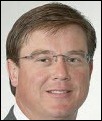

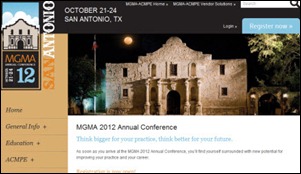

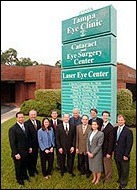


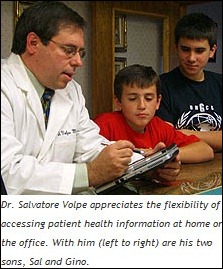
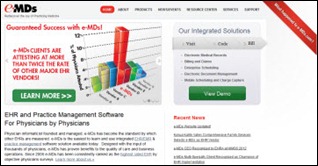
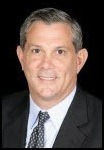
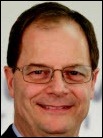

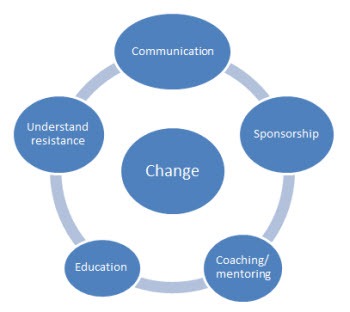

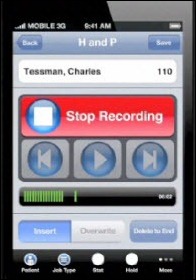
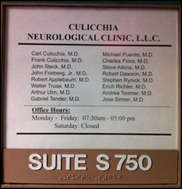
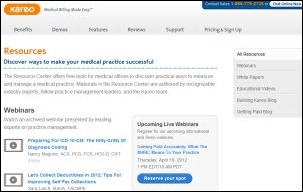

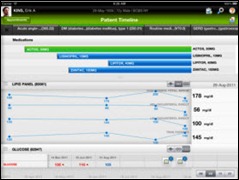

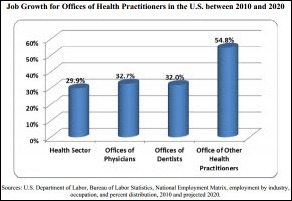
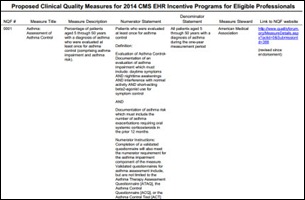


The article about Pediatric Associates in CA has a nugget with a potentially outsized impact: the implication that VFC vaccines…